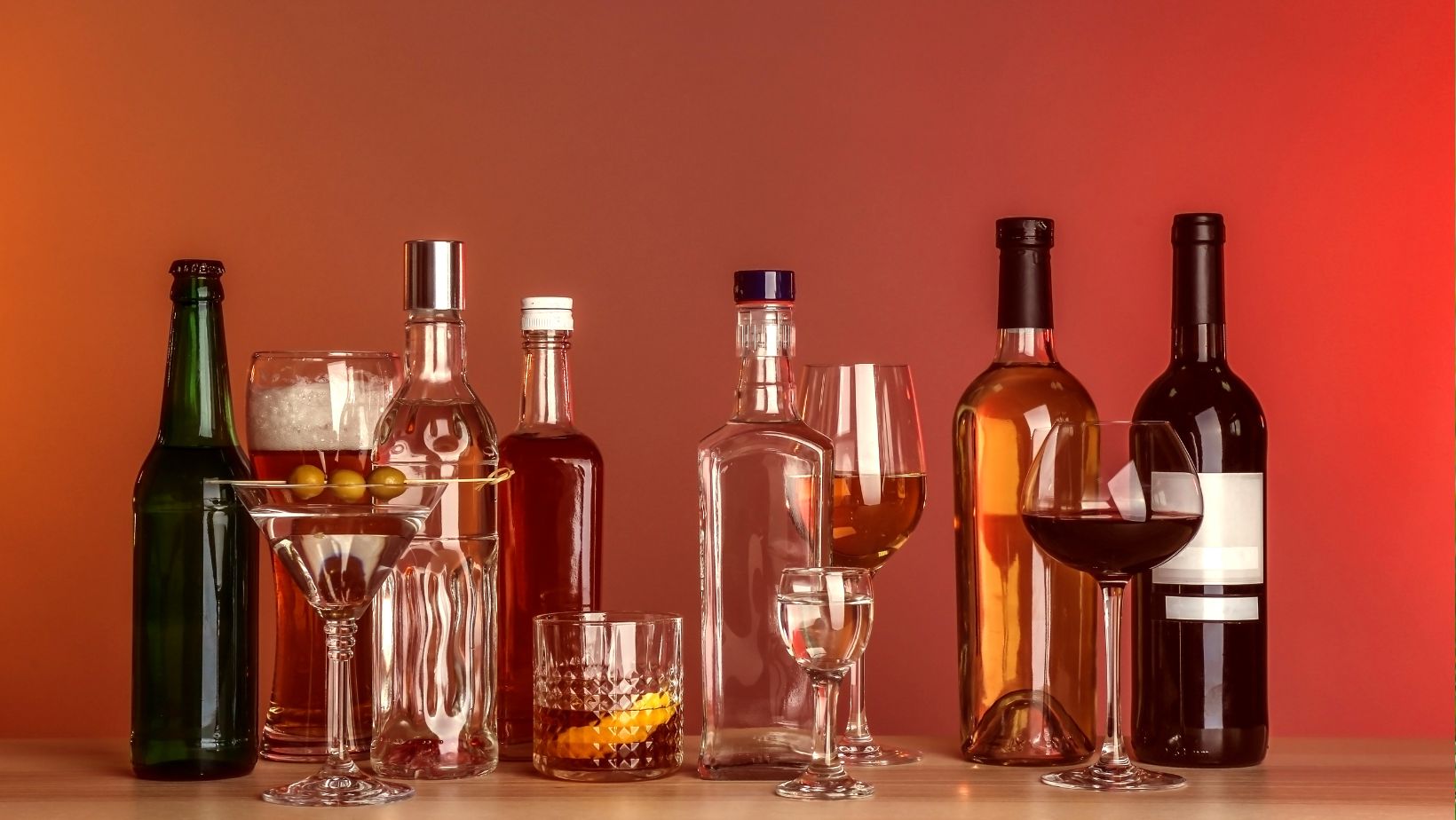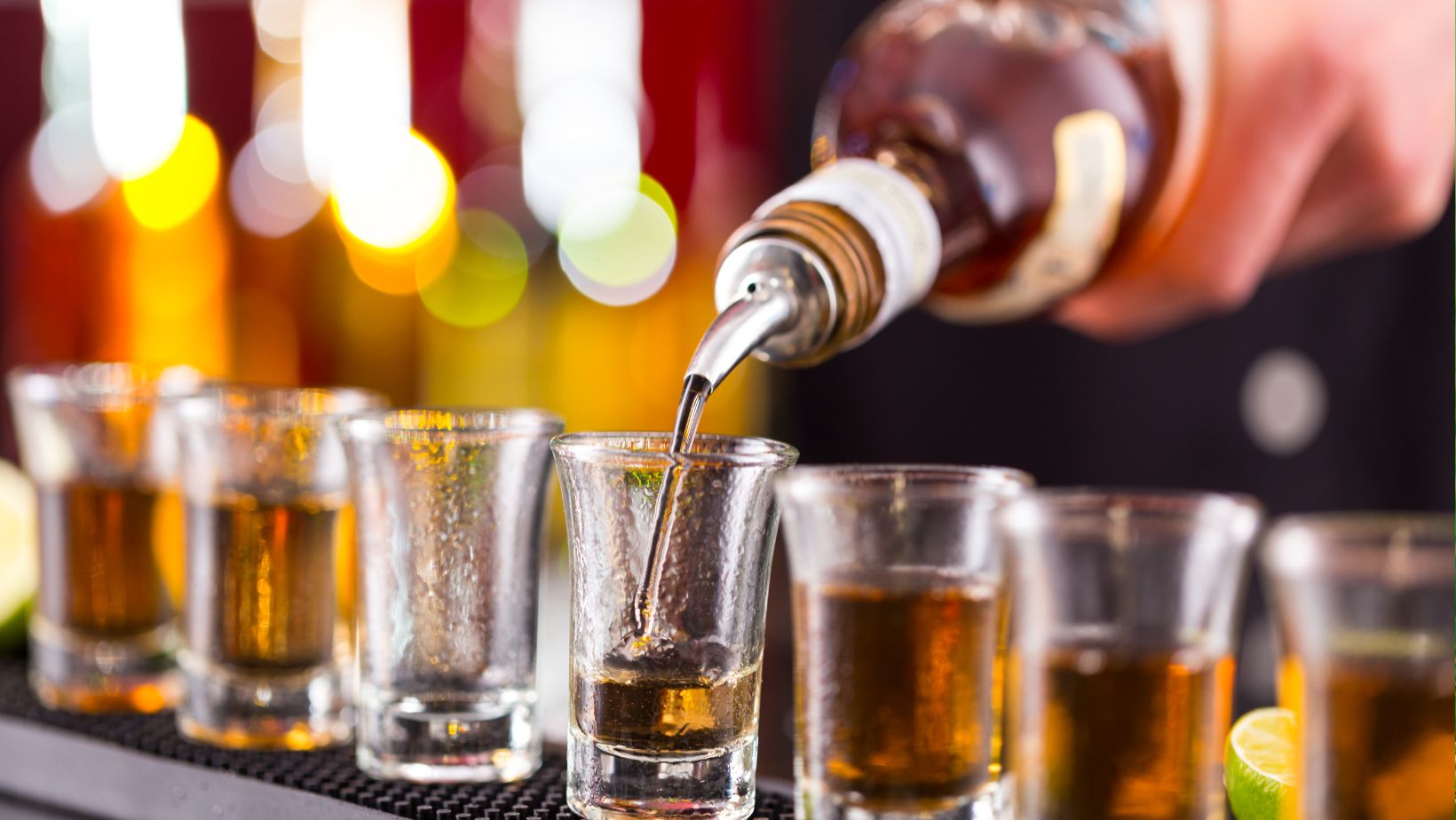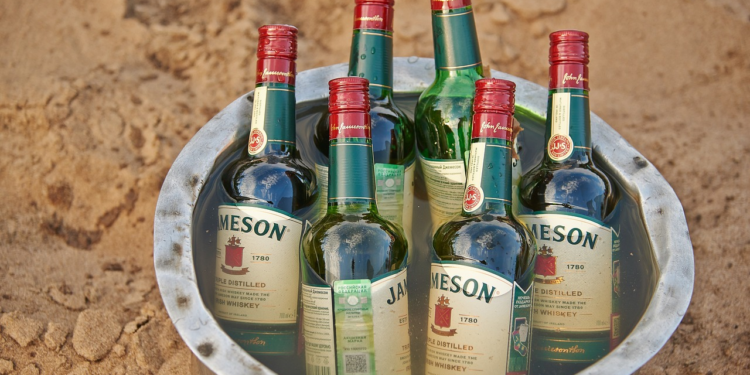Every sip of a well-crafted spirit tells a story of tradition, craftsmanship, and the delicate balance of flavors. Appreciating spirits is about understanding the artistry behind its creation and the science that perfects its taste.
From the precise distillation process to the thoughtful aging techniques, the world of spirits is a blend of creativity and expertise. This union of art and science elevates tasting to an experience that engages your senses and deepens your appreciation for what’s in your glass.
In this guide, we’ll explore how this harmony shapes the fascinating journey of spirit appreciation.
The Foundations of Spirit Tasting
The unique character of every spirit begins with its ingredients, distillation, and aging process. Ingredients like grains, fruits, or sugarcane define the spirit’s base flavors. For example, whiskey uses barley, corn, rye, or wheat, while rum is derived from sugarcane.
The distillation method also matters. Copper pot stills yield rich, full-bodied flavors, whereas column stills produce lighter profiles. Aging further refines the spirit. Barrels, often oak, infuse notes like vanilla, caramel, and spices, adding complexity over time.
Spirit tasting is a sensory experience that engages sight, smell, taste, and touch. The color of a spirit reveals aging and cask type while deep amber indicates prolonged barrel contact.
Smelling uncovers layers of aromas, from fruity and floral to smoky and spicy. Tasting is about recognizing initial flavors, mid-palate transitions, and a lingering finish. Finally, mouthfeel, which is the texture of the liquid, adds depth, whether it’s light and crisp or velvety and full-bodied.
When it comes to sensory perception, whiskey provides an excellent example of complexity. Asking questions like what does whiskey taste like opens the door to understanding its vast range of flavors.
Notes of caramel, oak, spice, and even smoke vary depending on the production process. Bourbon, with its high corn content, leans sweet and smooth, while Scotch often delivers earthy, peaty undertones shaped by its barley and regional methods.
The Science Behind Flavor Profiles
The chemistry of aging transforms raw spirits into flavorful masterpieces. Time in barrels allows interaction between the spirit and the wood. It infuses compounds like vanillin for vanilla notes or oak lactones for hints of coconut and peach.
Oxidation during aging softens harsh elements, creating smoother, richer flavors. The char level of the barrel also plays a critical role, as higher char imparts smoky or caramelized undertones.

Fermentation and distillation are critical in shaping flavor profiles. During fermentation, yeast converts sugars into alcohol while producing congeners. These are compounds that add depth to the spirit. Distillation refines these elements, and the choice of still affects the outcome. Copper stills eliminate unwanted sulfur, yielding a cleaner, full-bodied spirit. Continuous stills produce a lighter, more neutral product suited for certain styles like vodka or gin.
The Art of Tasting: Techniques and Tips
Proper glassware enhances the tasting experience. Tulip-shaped glasses, such as the Glencairn, concentrate aromas, directing them to the nose for a richer olfactory experience.
The wide bowl allows swirling to release aromas, while the narrow rim focuses them for better evaluation. This design ensures that every aspect of the spirit is fully appreciated.
Sipping slowly is key to savoring spirits. Take a small sip and let it coat your palate. Pay attention to the initial burst of flavor, how it evolves, and the lingering finish.
Adding a drop of water to higher-proof spirits can open up hidden notes. It softens the alcohol’s intensity and enhancing complexity. This method allows for a deeper appreciation of the spirit’s layers.
Mindful Pairing: Enhancing Your Experience
Pairing spirits with food or occasions can elevate both elements. The right combination amplifies flavors. It creates a harmonious balance.
For instance, pairing a smoky Scotch with aged cheddar brings out complementary earthy tones, while bourbon’s sweetness enhances desserts like pecan pie. Thoughtful pairings transform the tasting experience into a multisensory event.
Popular pairings succeed because of complementary profiles. Whiskey and barbecue, for example, work well together. The caramel and vanilla notes in bourbon highlight the smoky, savory flavors of grilled meats.

Similarly, tequila pairs beautifully with citrusy dishes, as its bright, earthy notes enhance fresh flavors. This makes it a versatile choice for festive occasions.
The Culture and Traditions of Spirit Appreciation
The history of spirits is deeply intertwined with human culture. Whiskey originated in Scotland and Ireland, where it became a symbol of heritage and craftsmanship.
Similarly, rum’s history is rooted in the Caribbean, tied to sugarcane plantations and maritime trade. Each spirit carries cultural influence and significance. This reflects the traditions of its origins.
Modern trends in spirit appreciation have evolved, with tasting events and workshops becoming increasingly popular. These gatherings offer enthusiasts an opportunity to explore diverse spirits, learn from experts, and connect with like-minded individuals. The rise of craft distilleries has further fueled interest, providing unique, small-batch options that highlight innovation and artistry.
While tradition remains important, modern appreciation embraces innovation. Barrel-aged cocktails, experimental flavors, and eco-conscious production methods are reshaping the industry.
Whether attending a tasting event or exploring a local distillery, today’s spirit enthusiasts celebrate both the time-honored traditions and the exciting possibilities shaping the future of this rich craft.














































































































